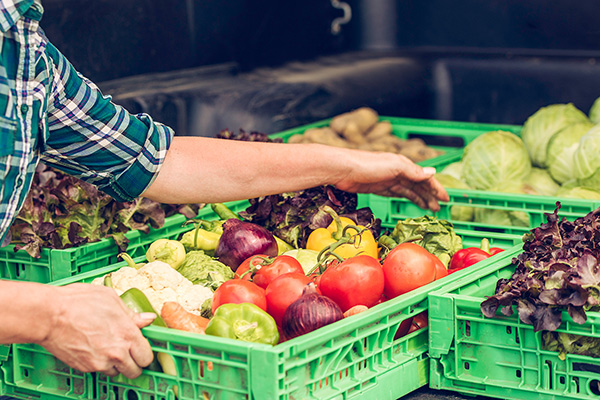It seems that every authority or anyone who think they are the authorities talks about reducing food waste. It is, obviously, a very noble idea and one that if actioned could ensure food security, greater food affordability and agricultural sustainability. But are Canadian consumers themselves solely responsible for the waste?
According to the web site Waste reduction Week in Canada, 58% of the food produced in Canada is lost or wasted each year. That’s a lot of food, a lot of money spent by consumers, a lot of farmers’ work, and investment and output lost and wasted.
Sadly, some profit off this waste and loss. But it is farmers and consumers who are paying the bill.
The current reality of our industrialized, globalized agri-food system is that it is based on abundance. And, for the last 20-30 years, consumers have been convinced to look for the freshest, most perfect looking products possible while managing their pantry and fridge by expiration date. This results in a lot of food loss.
Just by reading this last line, you can immediately relate to an important driver of food waste.
To varying degrees, we’re all guilty of it.
And while consumers cannot be let off the hook completely for food waste, one could argue that the entire economic model banks on the very consumption practices that lead to food waste in the first place.
Afterall, we know that one of the doctrines of our capitalist model of generating economic activity and profits is to encourage mass consumption which in turn fuels mass production.
We must be careful how the concept of “loss” generates a link between the loss of food and economic loss. Preventing food waste will not inevitably mean lost of profit or economic activity. In fact, if we use our imagination, it could create even more jobs and economic prosperity. (but that is a topic for another day).
Again, it’s not about pointing fingers, it’s about the fact that the solution of food waste is not the sole problem nor responsibility of consumers – not in Canada or in any country worried by this issue.
Any solutions should be considering all actors in the vast supply and value chains that make up the food industry. Consumers should not be made to feel guilty about their waste, they only respond to a system that got them there. Of course, now that we are aware of the consumption cycle we are in, we must change our habits.
One helpful hint: An “best before date” is not an expiration date. Let your senses guide you! Yogurt doesn’t turn bad at the stroke of midnight!
The main serious point here is consumers certainly didn’t create the problem so we must all work together as we are doing to combat other challenges.
For example, we are seeing more and more products with labels stating ‘environmentally friendly’, ‘carbon neutral’, ‘eco-neutral’ , ‘zero- CO2’ etc.
Marketers know consumers want to feel good about the products they buy. The sad part is they don’t have to come with proof of what they announce.
When it is real, it is a sign that industry and business must work together (as we are suggesting above). When it is fake or exaggerated it is called “Greenwashing”. (look it up, it is real).
As consumers awaken to the food waste challenge (and we are), we may even see labels soon stating ‘zero waste’ or similar slogans from industry.
What we do know, it that we need to do better than wasting more than half of our food.
So to get down from 58% to say 40% there needs to be a top-down, bottom-up collaboration that includes governments, producers, processors, retailers, restaurants, consumers, and others in the wider food sector.
We can do this if we all work together.
And what better time then when prices are rising, and food security is a threat.
Or in other words, what better time than now?

